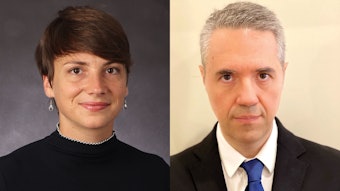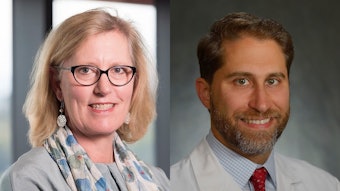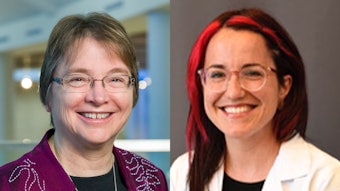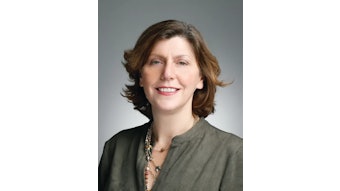Balancing clinical practice and scholarship
The right approaches can help you find a way to pursue scholarly research projects.

Many advanced practice providers would like to make research and scholarship part of their careers, but not many can find the time to do so. Being overburdened with clinical work not only limits the time available for scholarly work, but it can lead to burnout and increased job turnover.
On Thursday, the session “Ramping Up Advanced Practice Provider Scholarship” will provide tips, tricks, tools and advice on how to meet your scholarship goals.
Attempting an academic research project on your own can be daunting. But as a health care professional, you probably already have a network of colleagues in place — or you have the tools to build one — that can help you achieve research goals that are difficult to accomplish alone.
Cesar Velasco, BSN, RN, stroke program coordinator at WellSpan Ephrata Community Hospital in Ephrata, Pennsylvania, will offer guidance on how to do this in his presentation, “Cross-Hybrid Projects: Using Your Network to Build Team Science.”
Velasco said the key is to form a collaborative team of experts from other research centers, institutions or private organizations.
“A network, small or large, may lend added resources and key levels of experience that not everyone is capable of having themselves, unless you are very accomplished — and I would argue even those individuals rely heavily on industry connections or existing relationships with experts in their fields of practice to accomplish projects of interest,” he said.
One area where this networking can be especially useful is in developing cross-hybrid projects, which Velasco defines as an approach to generating a solution by combining various experiences, resources or methodologies to solve a problem with greater adaptability and efficiency.
As an example, Velasco cited the Association of Neurovascular Clinicians, of which he is a member. The association uses a team of stroke coordinators, advanced practice professionals and neurologists to help educate nurses in Latin American countries where information on the management of neurovascular patients is limited.
Together, the team has pitched the concept to a network of industry sponsorship partners to support the endeavor, he said. “Although the process is ongoing, the concept would be even more difficult to get off the ground if it relied heavily on one individual.”
Velasco said it is important for medical professionals to put themselves out there to build a network, which means self-marketing skill sets, ideas and even connections.
“Once you have your network, learn from your colleagues and discover common interests or goals that you wish to achieve,” he said. “Don’t be discouraged about failing. Nothing is accomplished successfully without failing first.
“We learn professionally from our setbacks, and a reliable network or team of experts who work together with you will know what is needed to bounce back toward the direction of your end-goal project.”
Even with an established network, burnout can be a significant issue among medical professionals who are overwhelmed with clinical responsibilities to the point that scholarly goals are pushed aside.
Skye Coote, NP, MN, stroke nurse practitioner and nursing lead for the Melbourne Mobile Stroke Unit at the Royal Melbourne Hospital in Australia, said it doesn’t have to be that way. Recognition for scholarly work — be it academic research, conference presentations or papers — can help health care professionals avoid burnout by feeling valued.
“A lack of feeling valued, visible and recognized contributes to burnout, while positive recognition can reduce burnout,” she said. “It’s often not possible to leave jobs that are causing burnout, so finding an alternative path — even if it is something that is done on the side — can bring that reward and positive reinforcement that is otherwise lacking in general health care.”
Coote’s presentation, “Avoiding Burnout: Finding Balance Through Scholarly Recognition,” will also be part of Thursday’s session.
Coote said that academic accomplishments are often more recognized and lauded than clinical care, and working on these projects can help health care professionals remember why they pursued their career in the first place — for instance, perhaps to find better ways to care for patients or to improve patient outcomes.
“Being involved in a project that meets the goals for why you got into health care … can reignite the spark,” she said.
Other presentations in the scholarship session are “APPs as Practitioner Researchers: Lessons Learned From the Road Less Traveled” by Anne W. Alexandrov, PhD, RN, CCRN, ANVP-BC, NVRN-BC, FAAN, FAHA; “Building Scholarship Into the APP Role: Negotiating and Enhancing the Practitioner Researcher Position” by Dawai M. Olson, PhD, RN; and “Identifying and Tearing Down Barriers to APP Scholarship,” by Nicole Schumacher.











